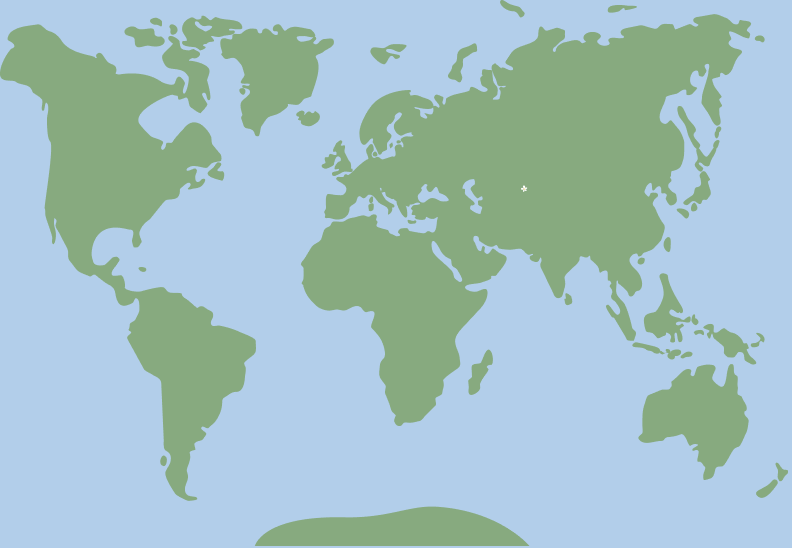Chartres, France
Illiers-Combray Station
This French train station is located in a town renamed after the famed writer Marcel Proust's fictional name for the village.
Waikiki, Hawaii | C.1990
Located in the vast Pacific Ocean, the U.S. island state of Hawaii has a special relationship with the waters that surround it. As such, the Hawaiian Lifeguard Association (HLA) was created to develop lifeguarding that’s unique to Hawaiin culture and its ocean environment
Established in 1990, the HLA is headquartered in Honolulu on the island of O’ahu and is an offshoot of the former Hawaiian Lifesaving Association, a local chapter of the United States Lifesaving Association (USLA). In Hawaii, lifeguards are trained beyond USLA certification and are highly skilled in using rescue equipment including rescue boards, tubes and fins, jet skis, ATVs and applying first aid. On guard daily, lifeguards in O’ahu monitor from 41 towers and mobile patrols throughout the island
Modern lifeguarding in O’ahu dates back to 1901, when a group of men known as the Waikiki Beachboys kept the shores of Honolulu’s Waikiki Beach safe. As tourism boomed on the island, the local Beachboys emerged as a source of surf lessons, canoe rides, and soothing music for visiting tourists. They made their living primarily by lifeguarding
Beachboy George Freeth, who was half-Hawaiian and half-Irish, is credited with reinventing lifesaving techniques and becoming the first paid, professional lifeguard. Freeth invented the first portable rescue float and pioneered using rescue boards — techniques that were a far cry from the tradition of having two tandem guards rescuing with a rope and a lifesaving reel
Since the Waikiki Beachboys and Freeth’s innovations, lifeguarding in Hawaii has evolved greatly and remains committed to ensuring the safety of those on the islands
 21.270037, -157.822749
21.270037, -157.822749
Max file size is 40MB. JPEGs are preferred.
You do not have permission to view this form.Need an account? Sign up
This site is protected by reCAPTCHA and the Google Privacy Policy and Terms of Service apply.
Know more? Share with the community!
Submit Your ImageLogin/Sign Up.